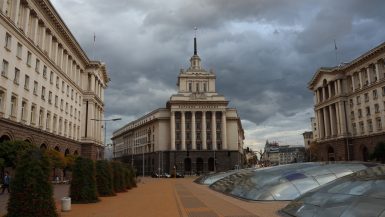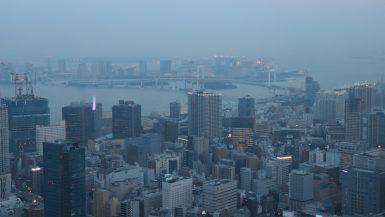Budapest is the capital of Hungary. It is a combination of Buda-Pest, the two parts of a city with the Danube cutting them apart or connecting them. The central area around the river is classified as a UNESCO World Heritage Site. Among the historical buildings, the financial centers, and the 40 universities, Budapest accommodates the third largest Parliament building in the world. The city was chosen as the Best European Destination in 2019. Budapest has something for everyone – history, architecture, food, nightlife, even thermal waters.

When to visit Budapest
The best seasons to visit Budapest are autumn and spring when the weather is mild and the city is not overcrowded. During these periods, the hotel prices are low and there are many tourist-friendly festivals to attend. Summer in Budapest is pretty expensive and crowded, in comparison to winter when the city’s hotels are very cheap. However, winter is cold enough to visit and festive enough to wander through the Christmas markets. Book now your hotel or apartment on Agoda or Vrbo.
How to go to Budapest
Just 40 minutes outside the city, the only airport in Budapest, and the second largest in the EU, accepts low-cost and high-cost flights from all over the world. If you are already in Europe an efficient, fast and environment-friendly way of travelling to Budapest is the train.
Inside the city, there are many means of transportation to use to move around: buses, trams, trolleybuses, metro, and riverboats.
What to see in Budapest
Along with the nightlife, the vast markets, and the food choices of Budapest, there are several monuments, buildings, and places you definitely have to see and experience.
#1.Parliament
The Hungarian Parliament is a notable landmark of Budapest and a high tourist attraction. It was built in 1902 and it is the largest building in Hungary since. It has 691 rooms, 10 courtyards, 29 staircases, 13 elevators, and 18,000 sqm floor area. It is inspired by the Palace of Westminster, in Neo-Gothic style. Don’t miss the walk to the Danube bank on the left of the Parliament to see the ‘Shoes on the bank of Danube’ dedicated to the victims of Shoah. Forty meters of metal shoes represent the thousands of Jews that were shot before removing their shoes.
#2. Heroes’ square
The Heroes’ square is one of the largest squares in Budapest, featuring the Seven chieftains of Magyars’ statue complex and the Memorial Statue of Heroes. It hosts some museums, like the Museum of Fine Arts, as well as many political events. Tourists can see the 40-meter column with the statue of Archangel. Today, you can see many young people skateboarding around the square.

#3. Margaret Island
Margaret Island is a 2.5 km island in the center of Danube. It has many parks, pools, tennis courts, and recreational areas. It also has a zoo, the Japanese Garden, the UNESCO protected Music Fountain and Water Tower, an open-air theatre, and hotels. Before Saint Margaret in the 14th century, the island was called the Island of Rabbits, as a royal hunting reserve. The island is connected to the city by the Margaret Bridge. It is indisputably my favourite place in the city.
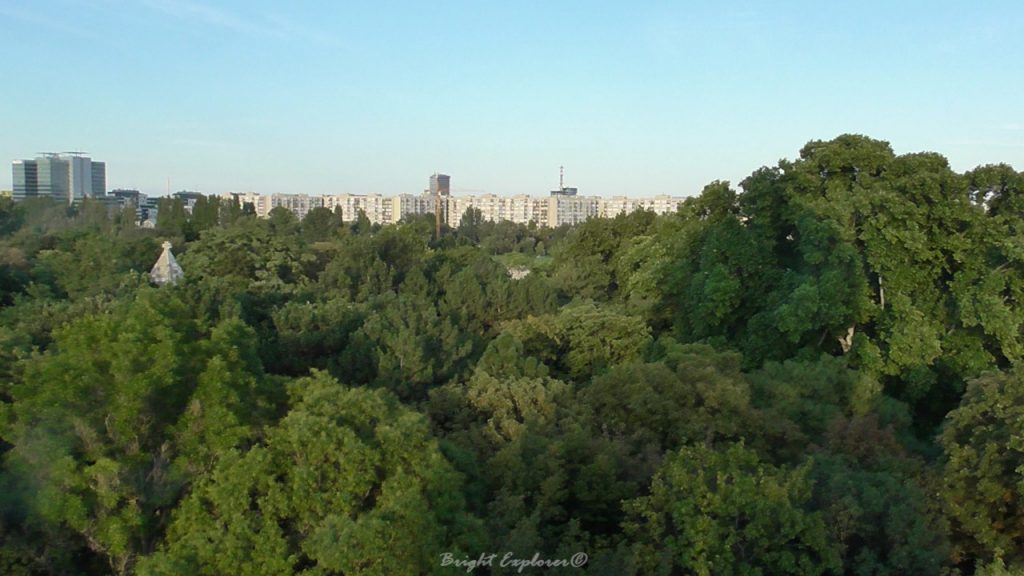
#4. Buda Castle & Castle Hill
Castle Hill is a district packed with historical sites. Buda Castle is the castle and palace complex of the Hungarian kings. It was called the Royal Palace. It now houses the Hungarian National Gallery and the Budapest History Museum. It sits on the southern tip of Castle Hill. It is a part of the UNESCO World Heritage Site. The courts and courtyards of the Castle are open every day and are used for festivals. Visit the Fisherman’s Bastion for the finest lookout of the city and the Buda Castle hilltop for a serene walk.
#5. Szechenyi Thermal Baths
The Szechenyi Baths were built in 1913. It is known for the medicinal natural hot springs in 18 pools, the 10 saunas, massage therapies, and other treatments. It is fun and affordable. The Szechenyi thermal baths are in the largest green park in Budapest, for which the Neo-baroque palace was specifically built. There takes place the famous pool parties, the so-called sparties. I have participated in one of those parties, but to be honest, I didn’t enjoy it much. The main reason is that they are dirty, full of plastic bottles and other stuff that float on the surface of the water.
#6. River Danube
Why not take a 1-2-hour cruise on river Danube while you are in Budapest? It will let you see the fascinating historical sites of the city, even at night. The Danube is the 2nd longest river in Europe, after the Volga. It flows through 10 countries. It originates in Germany and drains to the Black Sea. The section of Danube in Budapest is called Danube Bend, which is a curve of the river. There are 15 bridges over the Danube in Budapest.
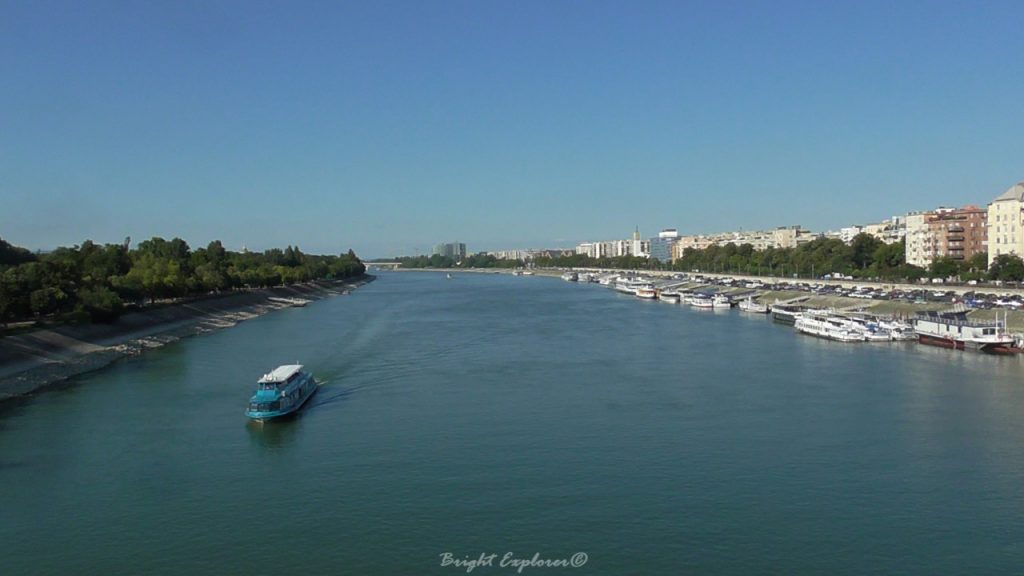
#7. St. Stephen’s Basilica
St. Stephen’s Basilica is the largest church in Budapest and is dedicated to its first king, St. Stephen. Actually, it houses his mummified right hand. It can fit 8,500 people at the same time. Between the 1st of April and the 31st of October, tourists can go up on the cupola and take a panoramic view of the city. Around the church, there are some cafés and bistros for a refreshment.
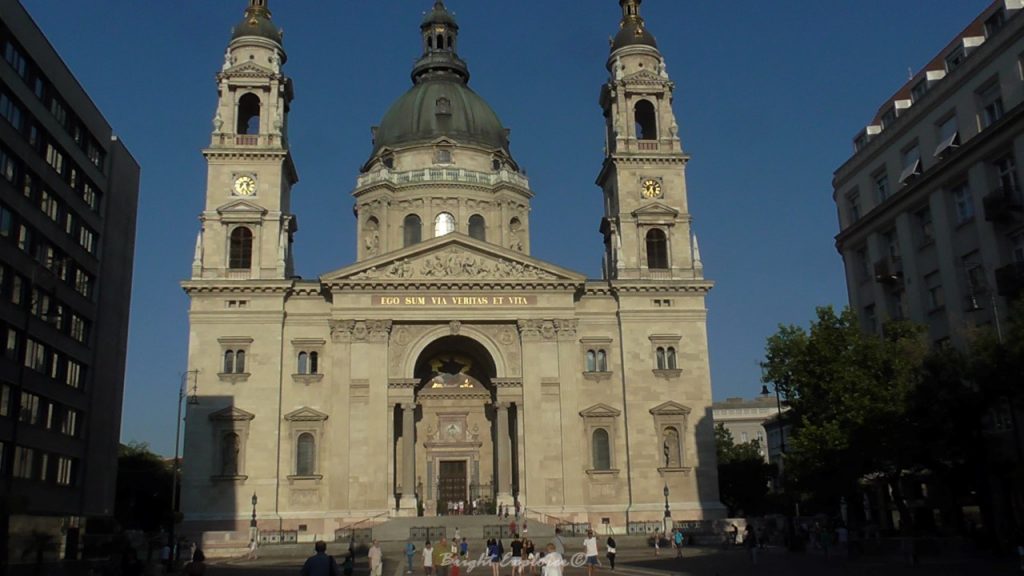
#8. Szechenyi Chain Bridge
The Bridge that connects Buda and Pest is Szechenyi Chain Bridge. It was the first permanent bridge across the Danube in Hungary, in 1849. It then became a symbol of advancement, national awakening, and connection between East and West. It has been the place for many movie and music video shootings. Its center is decorated with flowers from spring to autumn.

#9. The Hungarian National Museum
The Hungarian National Museum is housed in a neoclassical building founded by the architect Mihály Pollack. The stairs, as well as its eight pillars that support the pediment, create an interesting facade. Inside one can admire artifacts from prehistory to contemporary Hungary. After visiting its chambers sit for a while on the stairs to take a rest and plan your next moves!

#10. Ruin Pubs
The abandoned buildings of the once flourishing Jew community in Budapest’s 7th district have become one of the best bar-hopping points for all travelers. Thrift shop décor, picnic tables, beer taps, positive vibes, and DJs are the best recipe for a fun nightlife. It has now become trendy even during the day. Don’t omit to go and visit the cute coffeehouses, wine bars, bakeries, and restaurants for a ‘ruinous’ break from your trip. Ι found this concept successful, exactly because of its originality. It is certainly a much better option than visiting an impersonal club.




